 |
IN THE HEART OF HISTORY: THE STORY AND SOUL OF BODEGA MASOS (Spain)
In a sun-drenched valley between the sparkling Mediterranean Sea and the soaring heights of Sierra de Aitana, lies a winery unlike any other. |
Category: Europe - Spain - Industry economy
- Gourmet restaurants
- Gourmet restaurants - Tourism
Article written by Asia Abadie on Wednesday 03 September 2025
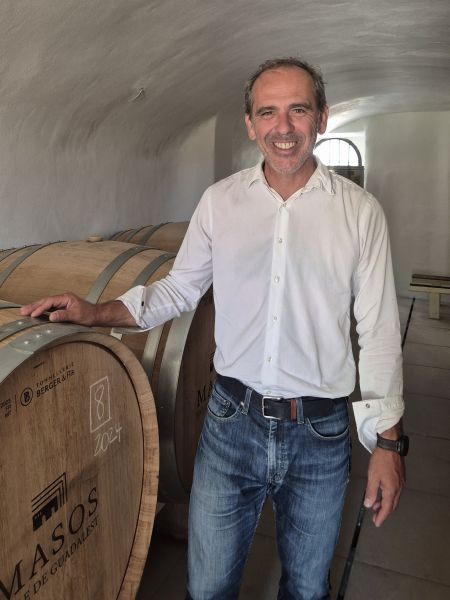 Javier Velasco is the property director
Photo credit © Asia Abadie / Journal des Palaces
If there's a single word that encapsulates the philosophy of Bodega Masos, it is respect—for the land, for history, for the craft, and for the delicate ecosystem that makes it all possible.
A place rediscovered
The location itself is extraordinary. Sitting at 700 meters above sea level, just 10 kilometres from the beaches of Altea, the vineyard benefits from a microclimate created by the surrounding mountains and the nearby sea. The days are warm, but not scorching; the nights cool and humid, thanks to the unique wind cycle that brings moisture inland in the morning and carries it back to the sea by evening. This equilibrium gives the grapes a distinct edge, allowing for slow, balanced ripening that few other regions in Alicante can offer.
This is where Bodega Masos has chosen to plant its roots—not just literally, but philosophically. “We are not here just to make wine,” says the estate’s director, Javier Velasco. “We are here to recover something that was lost.”
For nearly a century, the fields in this valley lay fallow. The scourge of phylloxera in the early 20th century devastated vineyards across Europe, and this area was no exception. Years passed, the fields rested, in agricultural terms, as if waiting for the right moment to wake again.
From silence to symphony
That moment came in 2015, when the Vidal-Balaguer family, who had owned plots of land in the valley for seven generations, decided it was time to revive their inheritance. The project began with soil analysis, the restoration of ancient terraces, and the careful, deliberate planting of plants. In 2018, the first vineyards were reintroduced. By 2021, Bodega Masos released its first vintage. In 2024, the cellar opened to the public.
Yet this is not a story of industrial-scale ambition. It’s a petit château in spirit, producing just 35,000 bottles a year—minuscule compared to the hundreds of thousands produced in more commercial regions like Rioja or Ribera del Duero. And that is precisely the point.
“We don't want to make a big, fat cellar,” the director explains. “We want a mirror of our fields—a small winery, working in the same way, with the same respect.”
Minimal intervention, maximum character
The concept of minimal intervention is more than a buzzword here—it’s a guiding principle. The vineyard is not certified organic, but it’s governed by a higher logic: do as little harm as possible. Herbicides and pesticides are avoided. Instead, the estate is meticulously hand-tended, with weeds removed manually and beneficial insects protected through habitat conservation.
“We don't build insect hotels,” Javier says with a hint of humour. “We don’t need to. The entire ecosystem is the hotel.”
The cellar itself sits on land with over 350 hectares—yet only 10.5 are used for vineyards.
Wine that tells a story
Bodega Masos currently offers only four wines: a Chardonnay, a Rosé made from Monastrell, and two red blends named Albor and Vidal Balaguer. And yet, from these modest beginnings, excellence has already emerged.
In 2024, their white wine Mas de la Mona, made from Chardonnay grapes, won a gold medal at the prestigious International Chardonnay du Monde competition. This was a remarkable achievement—not just for a young winery, but for any producer.
Each varietal is harvested separately, with precise timing based on elevation and microclimate. Grapes grown at 800 meters mature differently from those at 500 meters, and the team works accordingly.
For white wines, fermentation happens in French oak barrels—Burgundy style—with each barrel holding 525 litres and ageing the wine for around 10 months. For red wines, the approach is similarly nuanced. Each grape - Monastrell, Cabernet Sauvignon, Syrah, Garnacha Tintorera, Petite Verdot - is vinified and aged separately in barrels of varying ages, then assessed and blended in February following the harvest.
In the ageing rooms, the barrels are stained with wine to change their appearance, visually distinguishing those used for red and white. Even the architecture of the winery speaks to its layered history: one of the rooms, featuring an ancient window once used for grape processing, dates back to the 13th century. On the lintel above the cellar door, the year 1237 is carved into the stone—a reminder of how deeply embedded viticulture is in this region’s DNA.
A family and a future
The team at Bodega Masos is fiercely devoted to honouring the Vidal-Balaguer family’s legacy. This is a project of regeneration - not only of wine, but of a way of life.
The name “Masos” is itself a nod to the past. “Mas” means a rural house or farmstead; “Masos” is the plural. The goal is to eventually restore Mas de la Mona as a rural guesthouse, offering visitors not just a taste of the wine, but of the valley’s lifestyle.
This is more than wine tourism; it’s a cultural revival.
Mas de la Mona – Boutique hotel in the heart of Guadalest Valley
Soon to open as a luxurious boutique hotel, Mas de la Mona pays homage to local tradition while embodying the timeless architecture of a restored masía in the Valle de Guadalest.
Carefully rehabilitated under the eye of interior designer Alejandra Pombo, the property harmoniously blends rustic heritage and contemporary design across 23 exclusive accommodations across four categories—standard doubles, doubles with private pool, junior suites, and infinity‑pool suites.
From your room—or the infinity pool—you’ll enjoy sweeping views over vineyard slopes and the shimmering reservoir of Guadalest, in immersive communion with the region’s biodiversity. Mas de la Mona is poised to become much more than a hotel—it’s a sanctuary where culture, nature, and luxury converge in a uniquely Mediterranean experience.
The essence of Bodega Masos
Even tastings and visits are designed with intimacy in mind. In the winery’s first year open to the public, they welcomed just 3,000 visitors.
At its heart, Bodega Masos is not just about making good wine—it’s about reviving a way of life. The winery, its vineyards, and its small but passionate team are building something timeless.
In a world where mass production and commercial scale dominate, this hidden corner of the Guadalest Valley reminds us that quality, soul, and sustainability are not found in numbers—but in care. In heritage. In patience.
Most of all, as Javier reminded multiple times, in respect. And from that, a new legacy is now being written—one harvest, one bottle, one heartfelt story at a time.
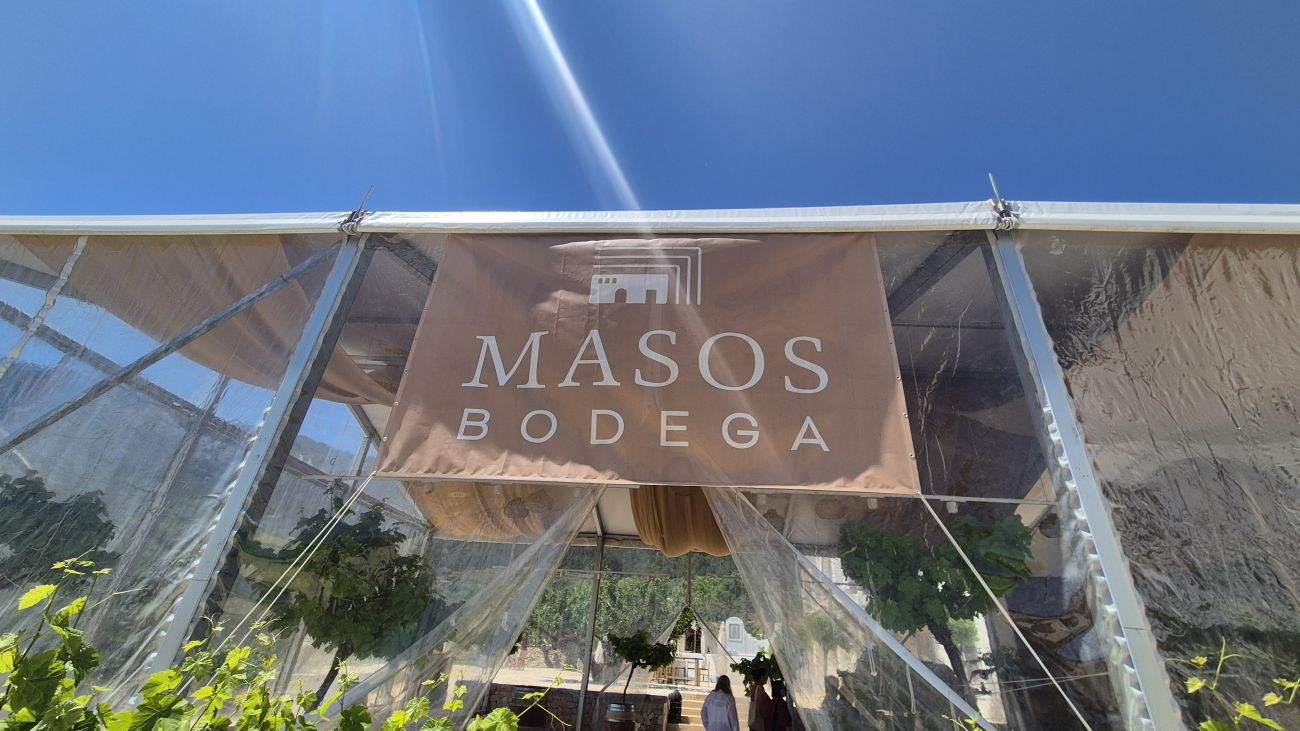 Photo credit © Asia Abadie / Journal des Palaces
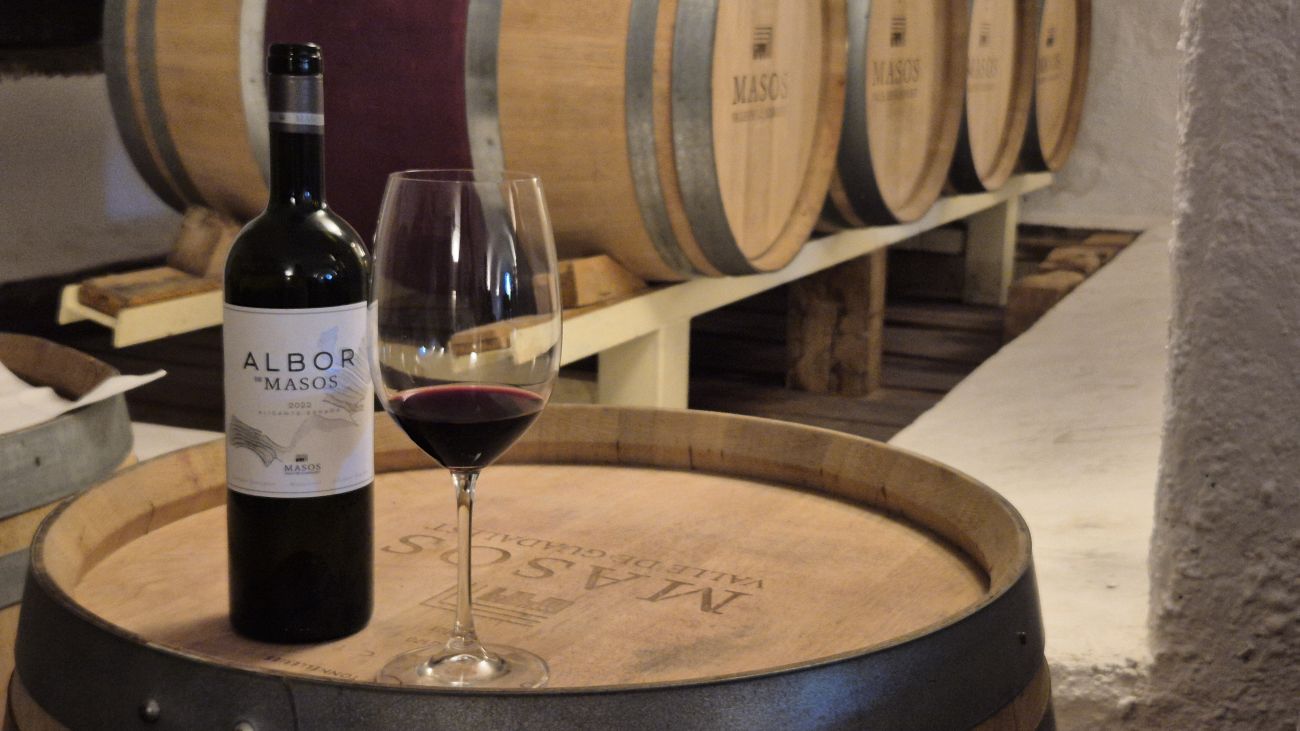 Photo credit © Asia Abadie / Journal des Palaces
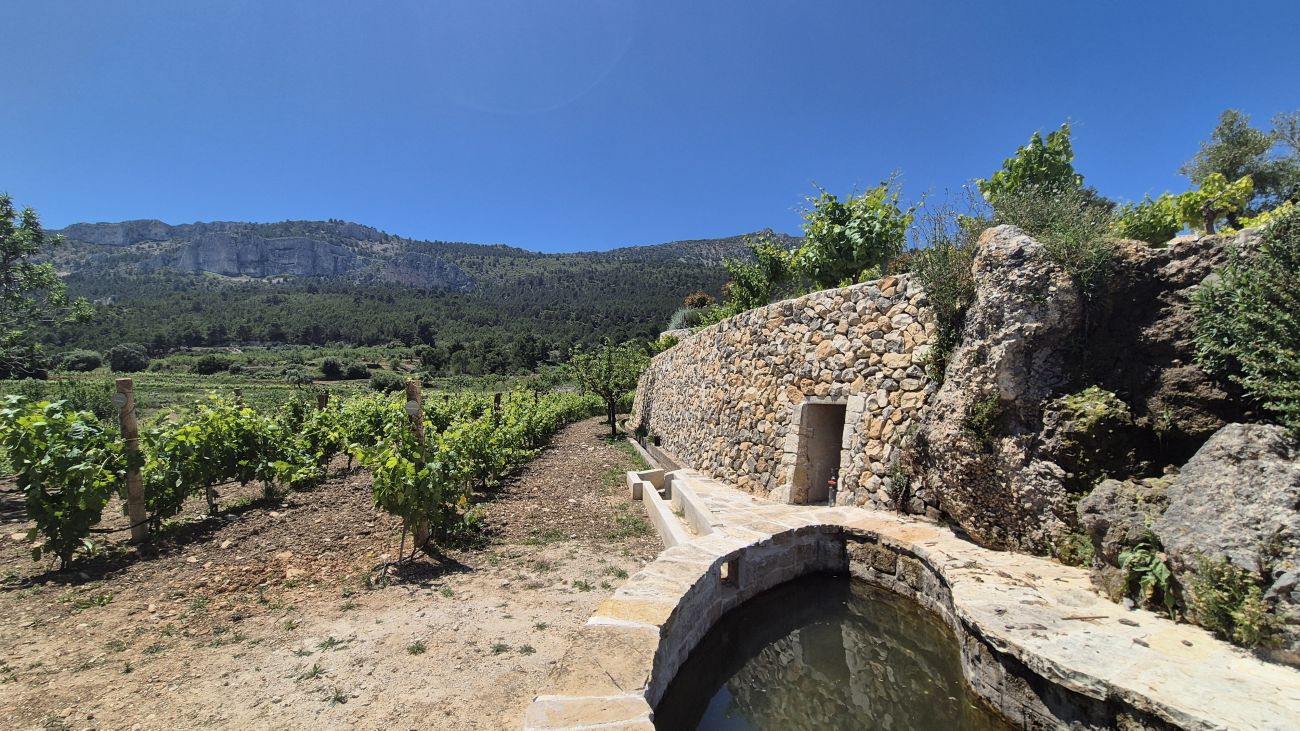 Photo credit © Asia Abadie / Journal des Palaces
 Photo credit © Asia Abadie / Journal des Palaces
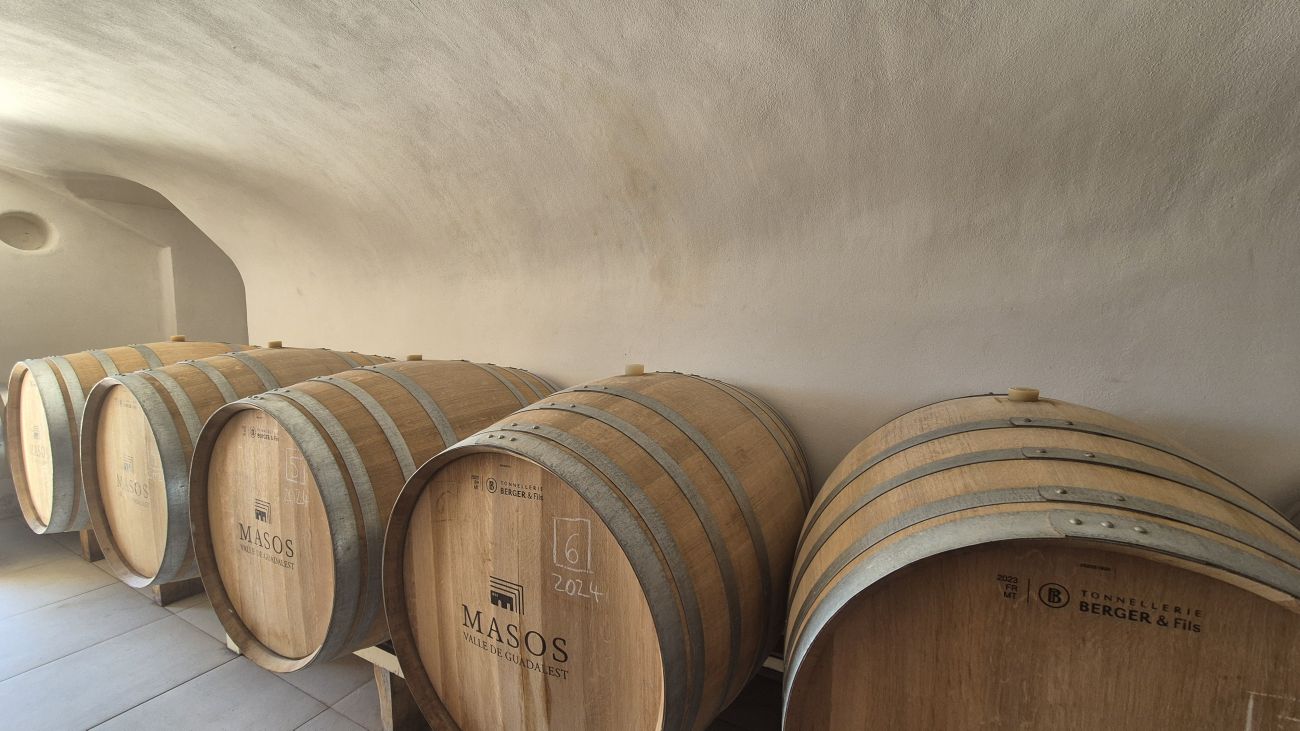 Photo credit © Asia Abadie / Journal des Palaces
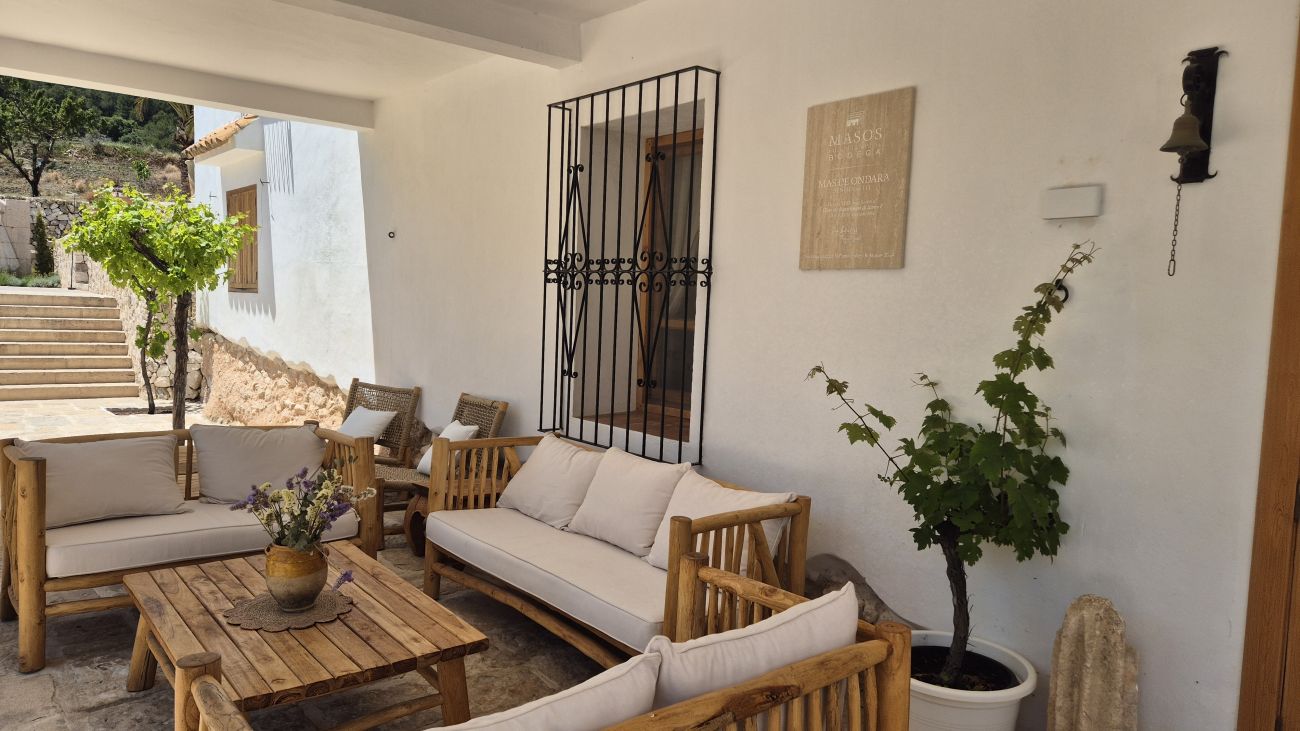 Photo credit © Asia Abadie / Journal des Palaces
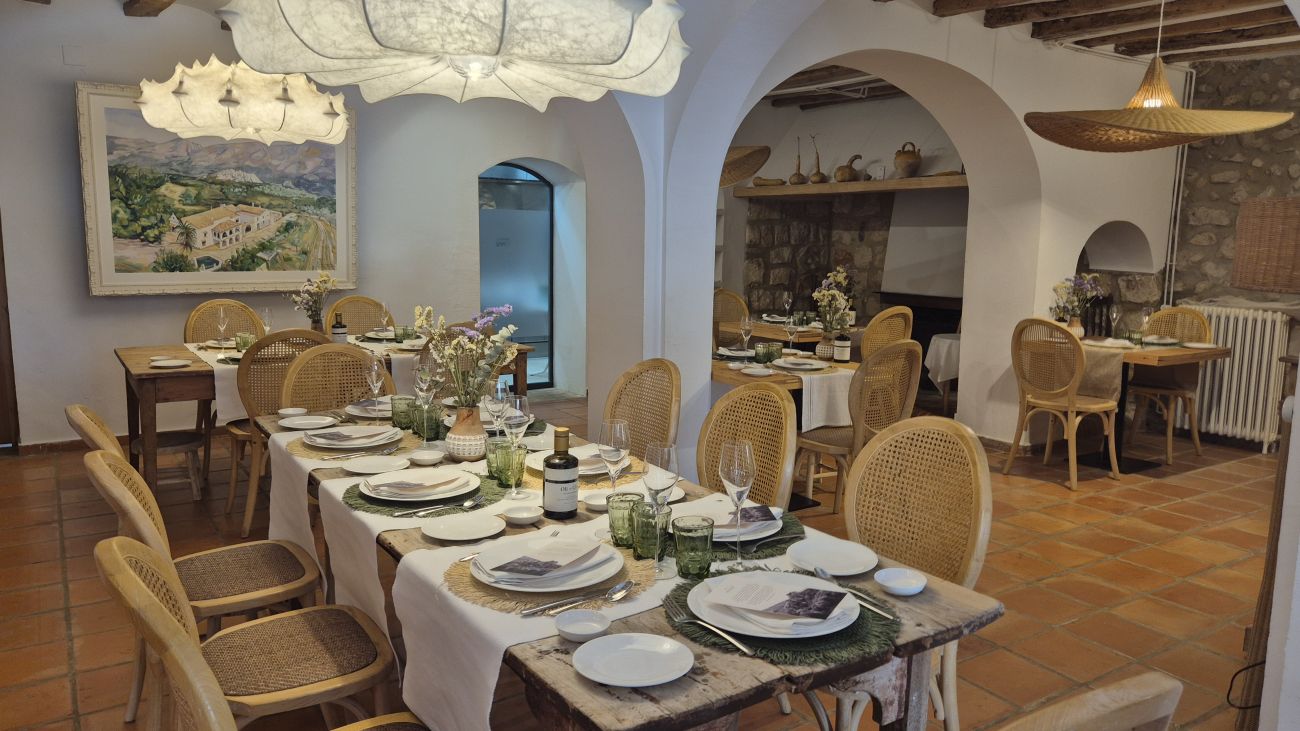 Photo credit © Asia Abadie / Journal des Palaces
 Photo credit © Asia Abadie / Journal des Palaces
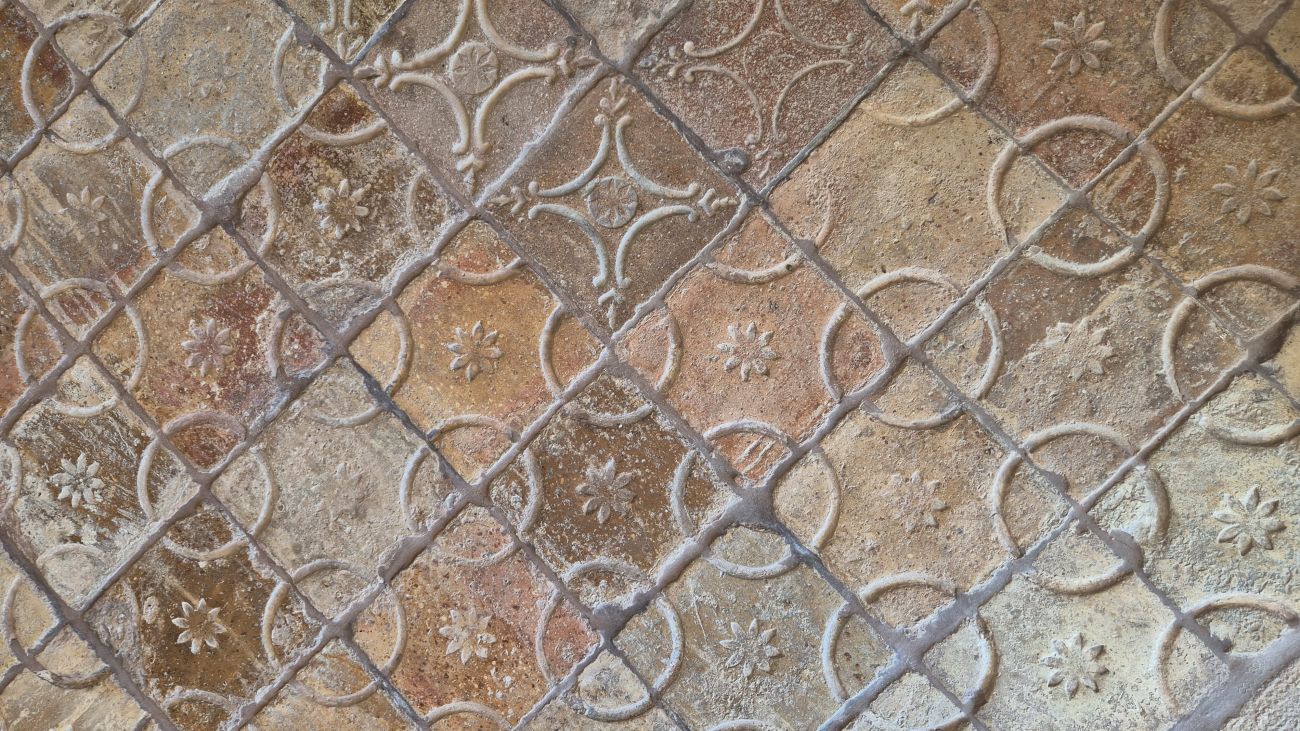 Photo credit © Asia Abadie / Journal des Palaces
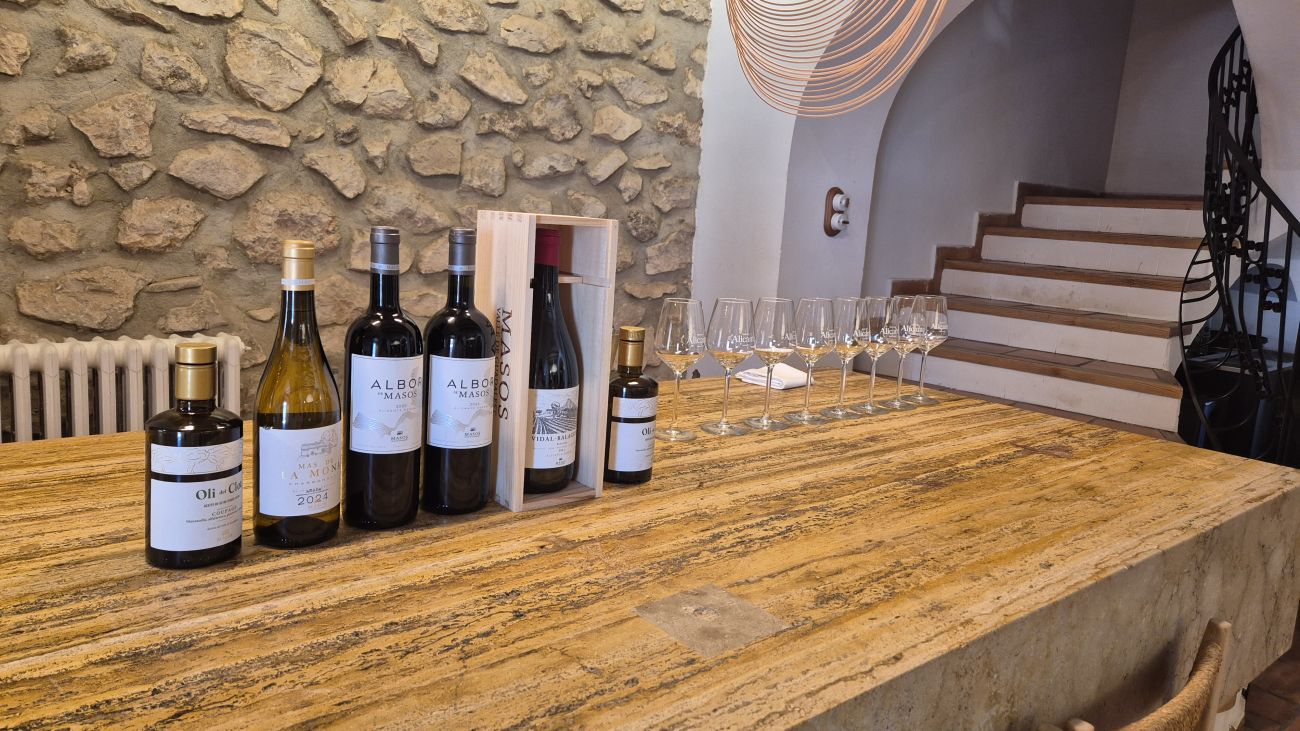 Photo credit © Asia Abadie / Journal des Palaces
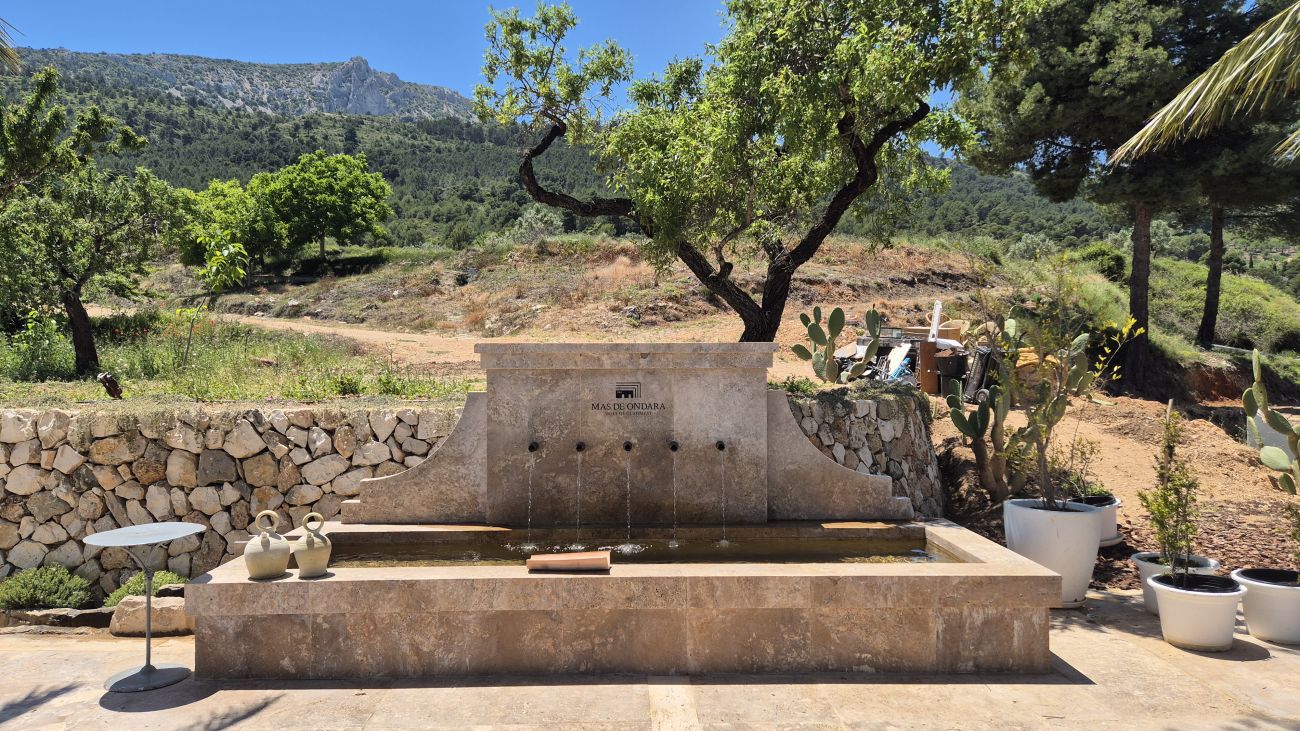 Photo credit © Asia Abadie / Journal des Palaces
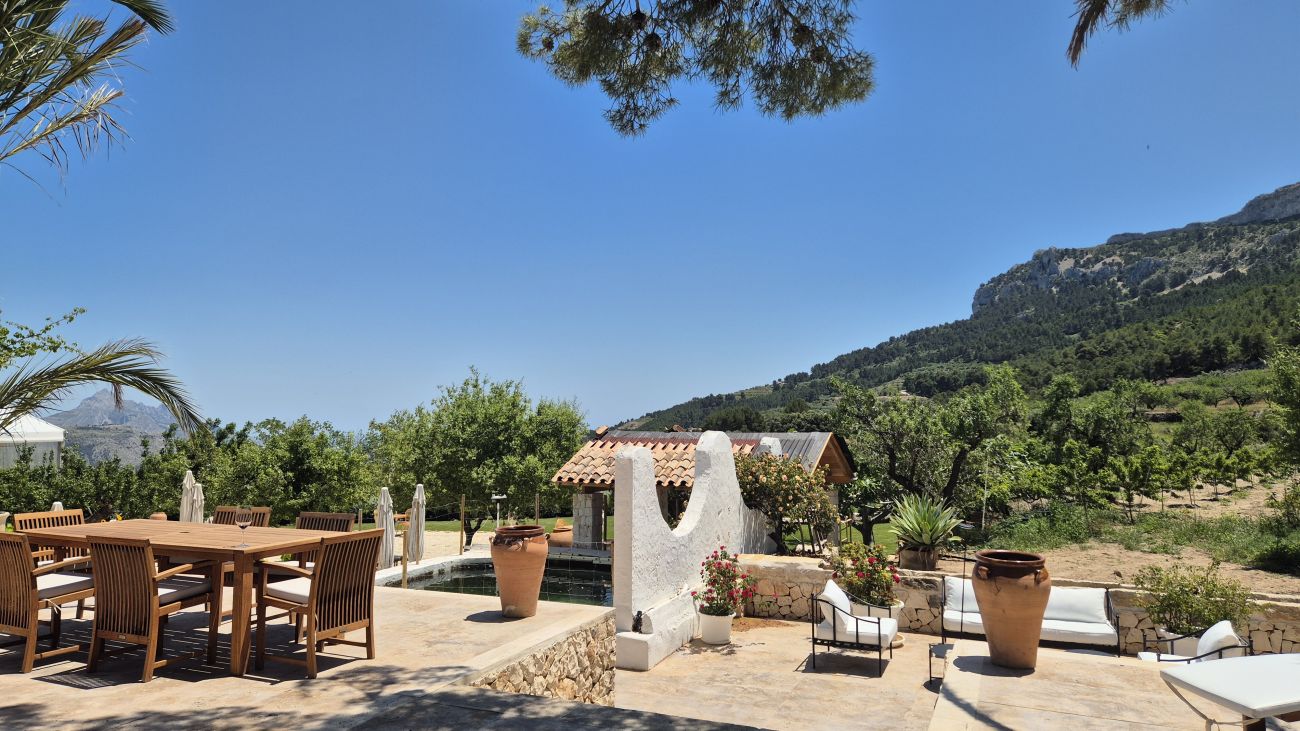 Photo credit © Asia Abadie / Journal des Palaces
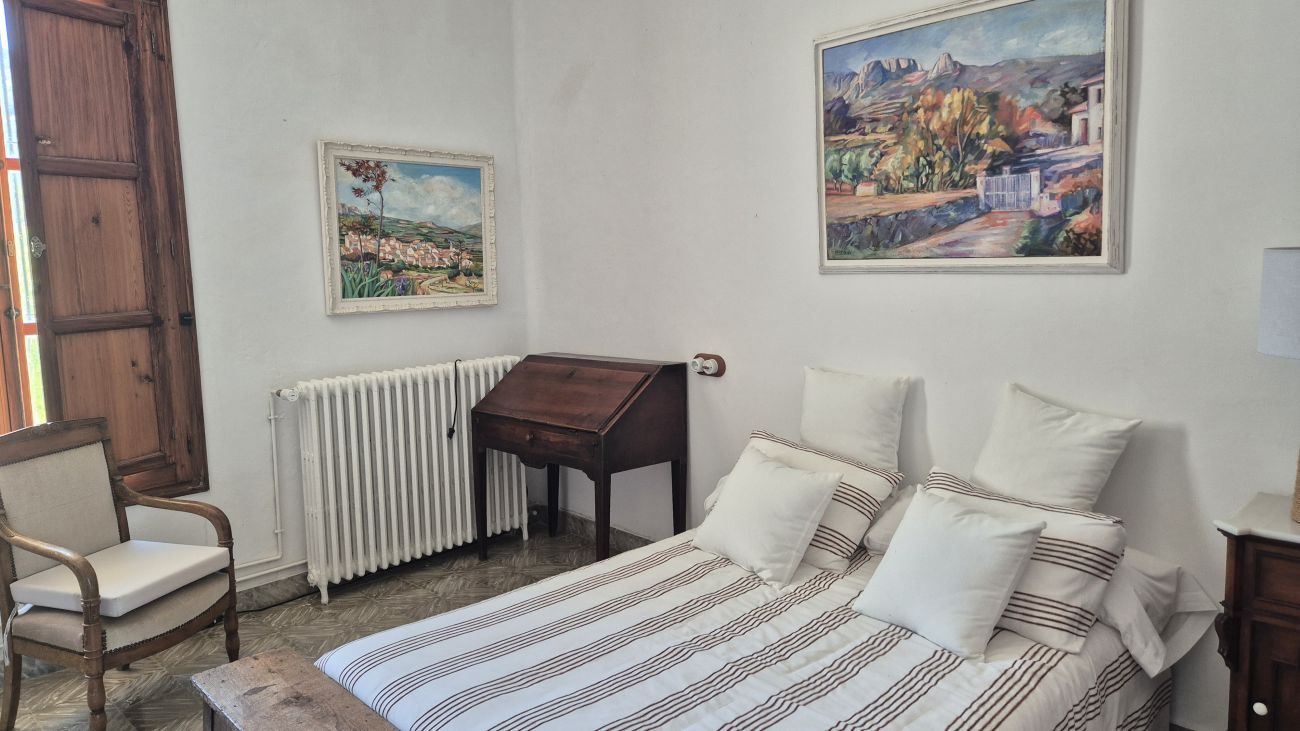 Photo credit © Asia Abadie / Journal des Palaces
|
|







